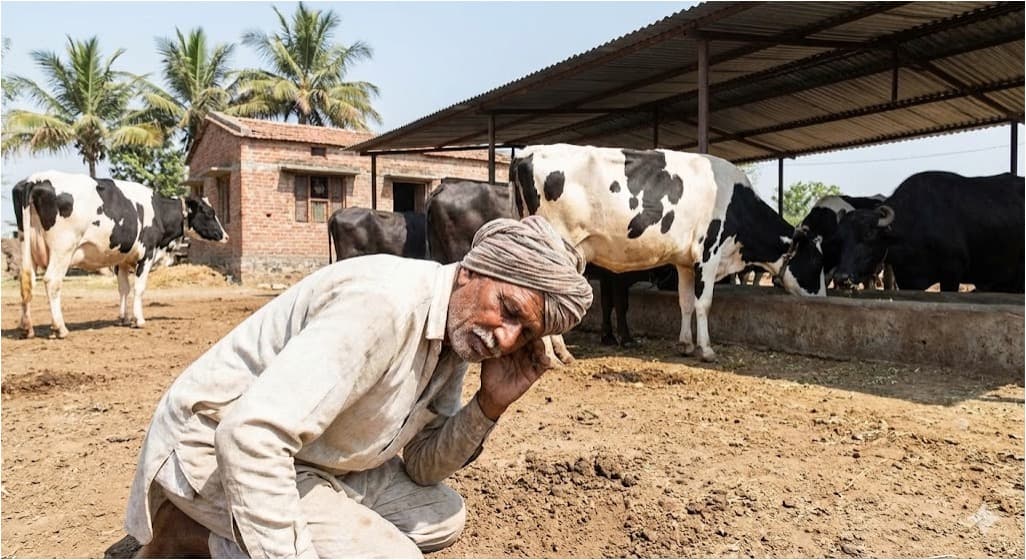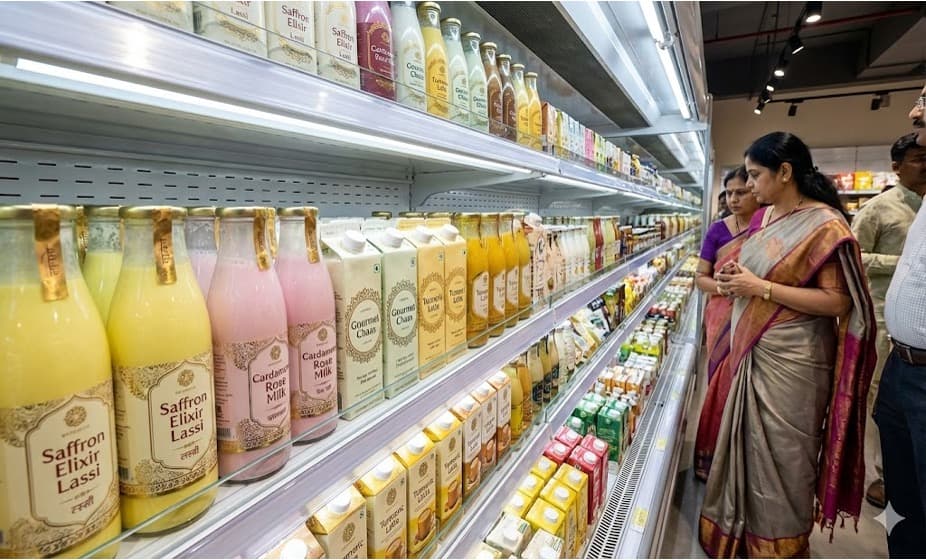Researchers warn about Brucella risk from unpasteurized, raw milk
Scientists have warned about the risk of Brucella outbreaks linked to unpasteurized milk in China.
In recent years, the Chinese Center for Disease Control and Prevention has reported hundreds of infections from Brucella melitensis after people consumed raw milk. From 2005 to 2018, there were 242 public health emergencies, according to annual brucellosis surveillance. Professional exposure made up most reports, but 14 were due to foodborne transmission.
There were 56 health emergency events of brucellosis in 2019. Of these, 33 were related to animal husbandry, eight because of raw milk, and eight attributed to processing and marketing of animal products.
As a zoonotic disease, transmission to humans occurs primarily through direct contact with infected animals or indirect contact from infected animal by-products such as milk, meat, and cheese.
Outbreak examples
In 2020, Wang et al. reported a foodborne outbreak caused by drinking unpasteurized, raw goat milk in Wuhua County, Guangdong Province. A total of 30 cases were found and 21 Brucella strains were identified from patient blood samples.Also read : Brucellosis is a new threat to health in China
Based on a literature review, Qin et al. also noted an outbreak of brucellosis caused by drinking unpasteurized ewe’s milk in Pinggui County, Guangxi Zhuang Autonomous Region in 2016. A total of 122 patients were found and only one Brucella strain was identified from the index case’s marrow sample.
Researchers said there was an urgent need for legislation and supervision of raw milk and related products.
A rise in consumption of raw dairy products comes from cows, sheep, and goats, but also from camels, llamas, donkeys, horses, buffaloes, reindeer, and yaks.
As a main product of the domestic dairy market, cow milk has been closely monitored by the Chinese government for years. However, goat milk was often consumed by private individuals as a substitute and there had been little monitoring of it.
A problem in rural areas
Particularly in rural areas, emerging interest in natural foods has led to the increased preference for raw milk because of its acclaimed health benefits that some people believe are destroyed during pasteurization.Locals lack awareness on the foodborne transmission of brucellosis when sheep’s milk is contaminated with Brucella. The elderly, children, and people with immuno-compromised conditions are also at high-risk because they are more likely to drink the raw milk, according to the article in Chine CDC weekly.
To see the status of Brucella contamination of raw milk and milk products and provide a basis for risk assessment, pilot projects were set up in nine provincial-level administrative divisions — Shanxi, Inner Mongolia, Jilin, Heilongjiang, Henan, Guangdong, Sichuan, Shaanxi, and Gansu — by the China National Center for Food Safety Risk Assessment in 2020.
Live animals trade
Field epidemiological investigations suggest that trade of live animals from endemic places may be the cause of the brucellosis outbreak in non-endemic areas. In past decades, there were no outbreaks in southern China. After advances in traffic and logistics, the risk associated with importing sick animals, mainly sheep, from high-risk areas to southern provinces has increased.Slack regulations on the sale of unpasteurized milk in some rural areas probably leads to outbreaks. Effective control of sheep and goat brucellosis will significantly reduce the risk of human brucellosis, said researchers.
“We recommended the following preventative measures should be taken by all stakeholders in China: strengthening brucellosis information dissemination and dairy products marketing supervision, especially in non-endemic rural areas; and improving veterinary and public health services surveillance, such as by preparing fast detection tests for the screening of suspected raw milk and milk products, and setting standard operating procedures for foodborne transmission risk assessment,” according to the research report.









